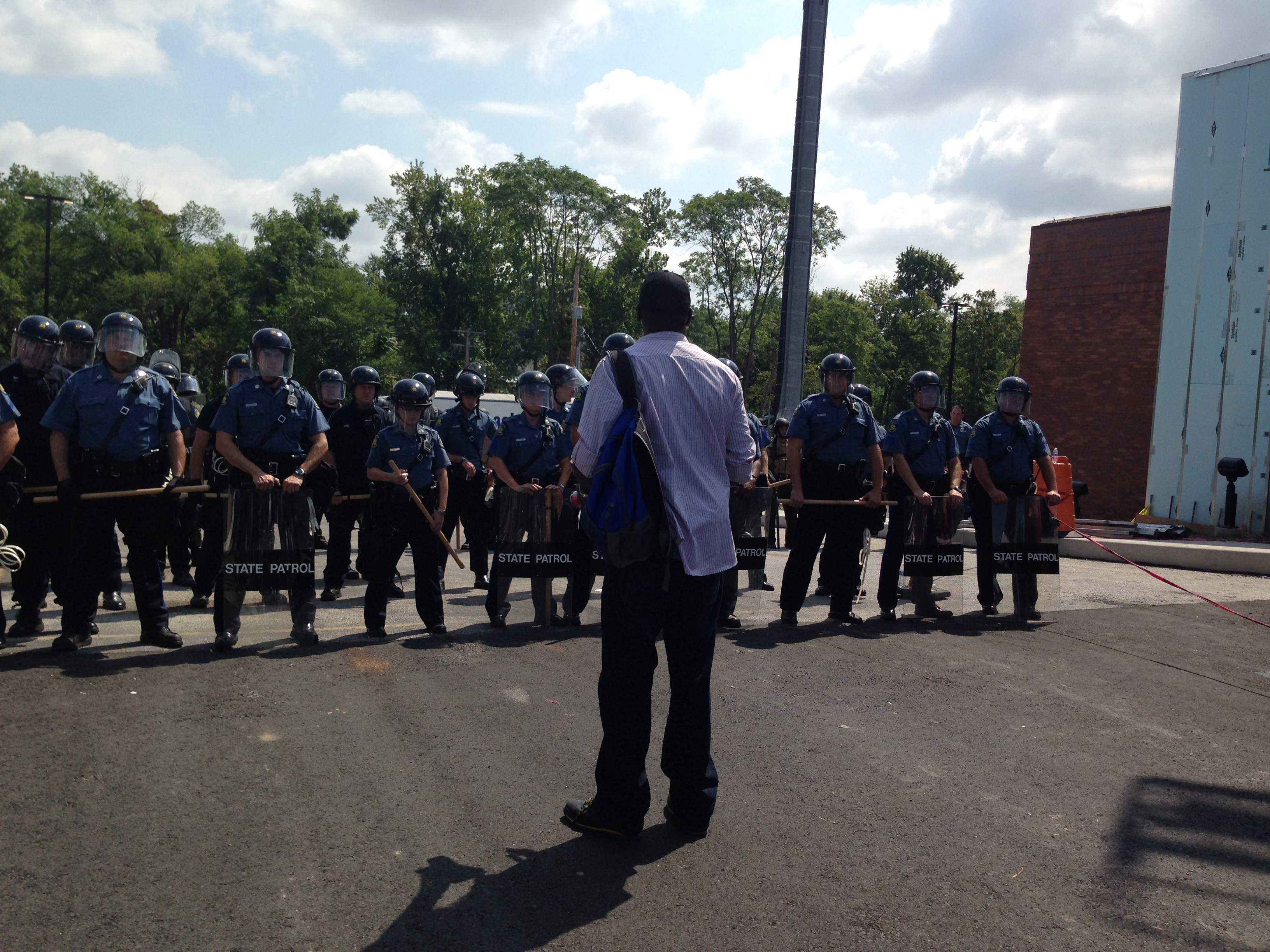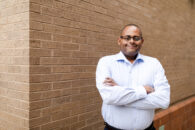Saint Louis, Mo. — For almost 3 months, the unfolding events in Ferguson in the wake of Michael Brown’s untimely death have dominated local news and, at times, national headlines.
Protestors and organizers on the ground are already asking “what’s next,” as they wait in anticipation for the grand jury to issue their ruling on what to do with Officer Darren Wilson. Most on the ground have powerful feelings about the case that go far beyond this particular tragedy. Those in the heart of Ferguson protests insist that this matter won’t be settled until we have conversations about race, police, poverty, and injustice.

How to have those conversations and more importantly, how to relay what’s happening on the ground to those most locked-in to the situation, is a topic of debate within what organizers are now simply calling “The Movement.”
As with many crises, tragedies and breaking news stories, media coverage was quickly identified as biased, focused on their own agenda, and outright wrong. Television, print, and web outlets have struggled with the most effective means of covering the leaderless, autonomous movement in Ferguson.
A few days ago, local St. Louis Alderman Antonio French — one of a handful of local black elected officials whose public profile has increased tenfold thanks to his vocal involvement in Ferguson — publicly announced on Twitter that he and several graduate students from Columbia University had a “solution” to the information problem. French and the students wanted to start a daily printed newspaper covering events in Ferguson with protestors as the primary readership.
The news was greeted with surprise by DeRay McKesson and Johnetta Elzie. McKesson and Elzie are the founders and primary operators of thisisthemovement.org, a website that has, since late August, produced a daily, free electronic newsletter for protestors in Ferguson and interested parties worldwide. French’s announcement was met with varied levels of, well, displeasure.
“We wanted to create a space where people could go to get the most up to date news on the situation,” McKesson told The Missouri Times. “We wanted a space where people could get the news that also was honoring how the entire movement started. And it began online, on Twitter, with regular people on the ground.”
McKesson said that traditional media wasn’t equipped to handle a story like the one in Ferguson, and that coverage of the unfolding events should “honor” the early waves of Ferguon protests.
“This all began with people taking to Twitter and social media,” McKesson said. “We want to create a space that gives people information in a way that honors how this movement got started. But we also want to be a space for people to get information they might not have. How can we get people to think critically about what is happening around them that isn’t just traditional news? Commentary can also be very important, it can challenge you to think differently.”
McKesson said that while protestors in Ferguson could always use more resources, a traditional media presence, like a printed daily, was “duplicitous.”
French declined to comment to The Missouri Times on whether he intends to continue moving forward with his planned daily, which was met with some hostility from regular readers of McKesson and Elzie who accused French of “co-opting” existing work.
While French said he had spoken with several Columbia University students about the project, he declined to identify them. A Columbia University spokesperson also confirmed that the school would not be involved with the project in any official capacity.

“Why are these privileged white kids who have never been to St. Louis or cared about St. Louis, let alone Ferguson, why are they being appointed to do some newspaper about Ferguson?” Elzie said. “I’d like to know if there’s a single Ferguson student at Columbia. Has there ever been? Do they offer scholarships that someone in Ferguson would be eligible for? What interest do you have in coming here? In order to care you have to be here, to do a paper covering the movement without ever being here, it’s just insulting.”
Elzie’s involvement with McKesson and the blog highlights just how loosely the movement has organized since day one. Elzie, 25, lost her mother in January, right around the same time she lost her job with the U.S. Department of Agriculture. For months, Elzie searched for work.
Elzie, still unemployed, was drawn to Ferguson following Brown’s death and has remained ever since. In the early hours, she found herself at the site of the shooting or on the front lines of protests correcting reports on Twitter from major news outlets. “The Movement,” is the reason she’ll be changing majors when she goes back to school, and according to her, changed her whole trajectory in life.
“Back in August, I was getting tear gassed at the same time I was getting call backs for jobs,” Elzie said. “I got three call backs while I was down there, and it puts things in a certain light. I’m literally telling people ‘I can’t talk right now,’ as there are sirens in the background. I was just trying to stay alive right now.”
Both the founders said there were a small number of reporters and news outlets that they trusted for information, but that the media had largely failed in giving equal weight to both sides of the story. Their newsletter and it’s cultivation of local rumors, tweets from the most vocal activists, and conversation with organizers is their way of seizing the conversation and redirecting the narrative.
“I just want it to be fair,” Elzie said. “We’ve seen the media do it before though. When an unarmed black man is shot, they immediately begin making him to look like the bad guy. They immediately start victim blaming, victim shaming. I see the media reporting how we react to things as people or as a group, but not the things that are done to us to agitate the situation. Just be fair.”
McKesson and Elzie met as strangers while protesting. McKesson made the long trek to St. Louis from Minneapolis, where he works for the public school system. He and Elzie, a local resident, met on the ground and, along with their two “silent partners,” operate the daily newsletter that now has almost 5,000 subscribers in at least 8 countries.
And while events in Ferguson are drawing eyes from far and wide, Elzie’s outside help was far from unwelcome. On the contrary, Elzie and McKesson both said that the best way for outside help to be effective was not to simply storm in.
“Ask us,” Elzie said. “There are people who have been down here since the beginning. If you wanna help, ask us. Ask us how you can help, send me or [McKesson] an email, ask us, and we’re always welcoming help.”
McKesson says Ferguson is proof that protests don’t need central organization to be effective when the common cause is co clearly defined.
“The powerful thing is that it’s ordinary people who walked outside with their phones and said enough is enough,” McKesson said. “They were not united in one way, it was just a movement. We want to honor that. We can’t forget how it started.”
Collin Reischman was the Managing Editor for The Missouri Times, and a graduate of Webster University with a Bachelor of Arts in Journalism.







